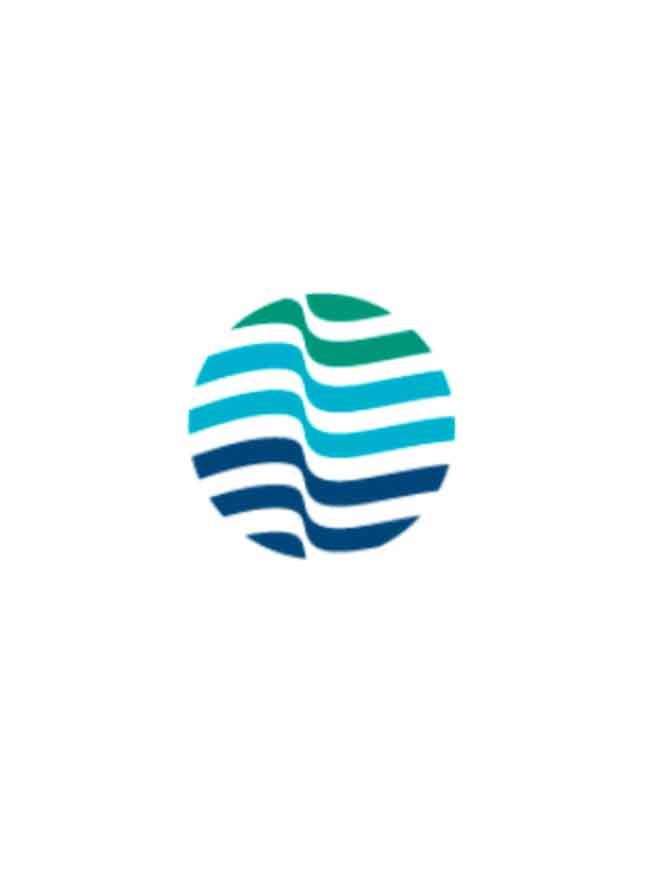The Cost of Alternative Urban Water Supply and Efficiency Options in California

The Cost of Alternative Urban Water Supply and Efficiency Options in California
Urban communities, farms, businesses, and natural ecosystems depend upon adequate, reliable, and affordable supplies of clean water. As populations and economies grow and as climatic changes alter both water supply and demand, traditional options for meeting freshwater needs are becoming less available, reliable, and effective. As we approach peak water constraints on traditional water supplies, more effort is needed to reduce water demands through a wide range of conservation and efficiency technologies and policies, and to develop alternative, non-traditional water sources. A key factor in the adoption of these strategies is their economic feasibility; yet, only limited and often confusing data are available on their relative costs. To fill this gap, this analysis, published in the journal Environmental Research Communications, evaluates the costs of four groups of alternatives for urban supply and demand based on data and analysis in the California context: stormwater capture; water recycling and reuse; brackish and seawater desalination; and a range of water conservation and efficiency measures. It also describes some important co-benefits or avoided costs, such as reducing water withdrawals from surface water bodies or polluted runoff in coastal waterways. Learn more and download the article here.Overview

